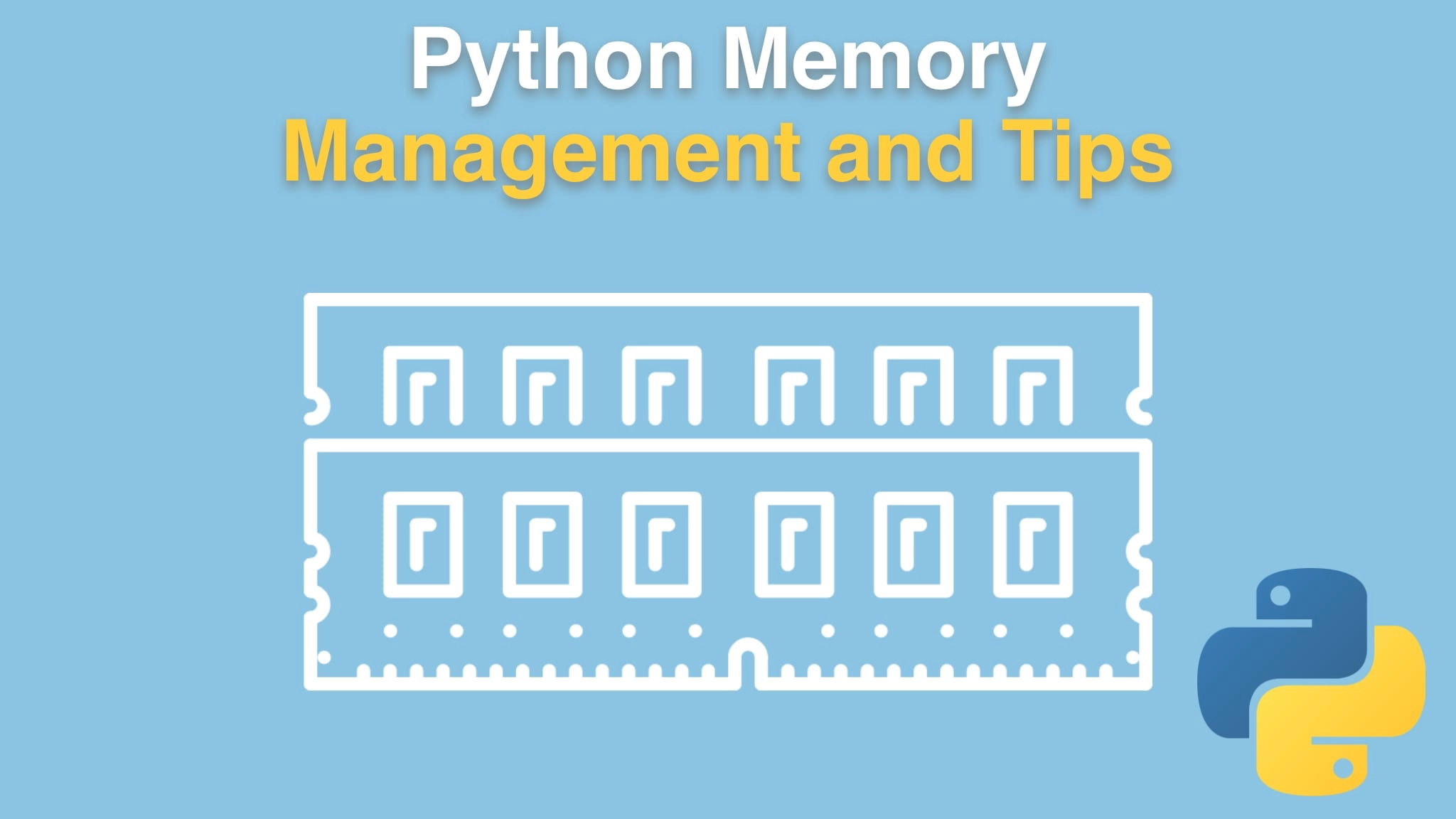Python Memory Management and Tips Transcripts
Chapter: Python variables and memory
Lecture: The *real* size of objects
Login or
purchase this course
to watch this video and the rest of the course contents.
0:00
To answer the question of how much memory do these things actually use in the way that I describe you traversing the object graph,
0:06
We're going to use a cool foundational library: "psutil" and I said we didn't need the virtual environment right away. Well, I forgot about this one,
0:13
so we need it right away. We're going to pip install that one. You can see PyCharm if I just click This will do that for me.
0:20
I added this requirements file, now I put it in there. Alright, that's all happy,
0:25
but what we're gonna do is we're going to write, or take this code over here that basically will do that traversal, so give me the size,
0:34
and it'll just recursively go looking and say, "is that a dictionary? Does it have a __dict__?
0:40
As in it's a class. Is it a thing that can be iterated"? and so on. And it's just going to recursively dive into those things.
0:48
Okay? So we can use this to traverse that object graph over here, if we just import it. Looks like it will import right?
1:02
But no, it doesn't. Even though you can be assured that is what I called it "size_util". And the reason is PyCharm is looking for something up
1:10
in this folder called "size_util". So what I am going to do is I'm going over here and tell
1:15
PyCharm "also look in this directory as a like a top level directory for imports" and the way you do that, is you say mark directory as sources route,
1:23
and we're gonna need that for the others, potentially as well. Here we go. Oh look, now it works. So, what we can do is we can do the this and
1:34
say "get full size of that" and let's do it for the "a" and let's do it for "26 a's". Now, those things don't have stuff they contain,
1:47
so these numbers are likely to be the same. And they are "28 28 50 50 75 75", but where it gets interesting is where you have container objects.
2:00
So if we just put the list in because the List is empty it's probably the same size. How big is the list?
2:09
It's still 56. Alright, so those are the same size, but here's where it's going to get interesting, where we look at the size of something
2:19
that points to or contains other things that are not empty, basically. Look at this one: the 10 items instead of being the 136,
2:28
if you take into account all the stuff out there, so the other 280 bytes that you're gonna get from these, then that's how big it is,
2:37
okay? And then here's the one where it was a really out of whack. Where It was really crazy in terms of,
2:43
we know we allocated tons of memory and yet it said 184. Not likely. So let's go get the full size of this data list that we've created.
2:55
There we go. It probably would be better, even if we go with this way little comma digit grouping there 31 basically 32 kilobytes for
3:09
this beast that I created here this geometric growing list of lists. So if we're going to understand the amount of memory of these objects
3:17
take, we gotta look at all the container objects, the things that they contain and recursively do that, right?
3:23
If there's container objects that are contained, look at their things that are contained and so on. And that's what this little utility does,
3:28
and we're gonna be using this throughout much of the course. Do not use this sys socket "getsizeof" which is great for the relative size
3:37
of the like, the core essence of the thing, but not the object graph that it relates to, and that's what this size utility is all about.
